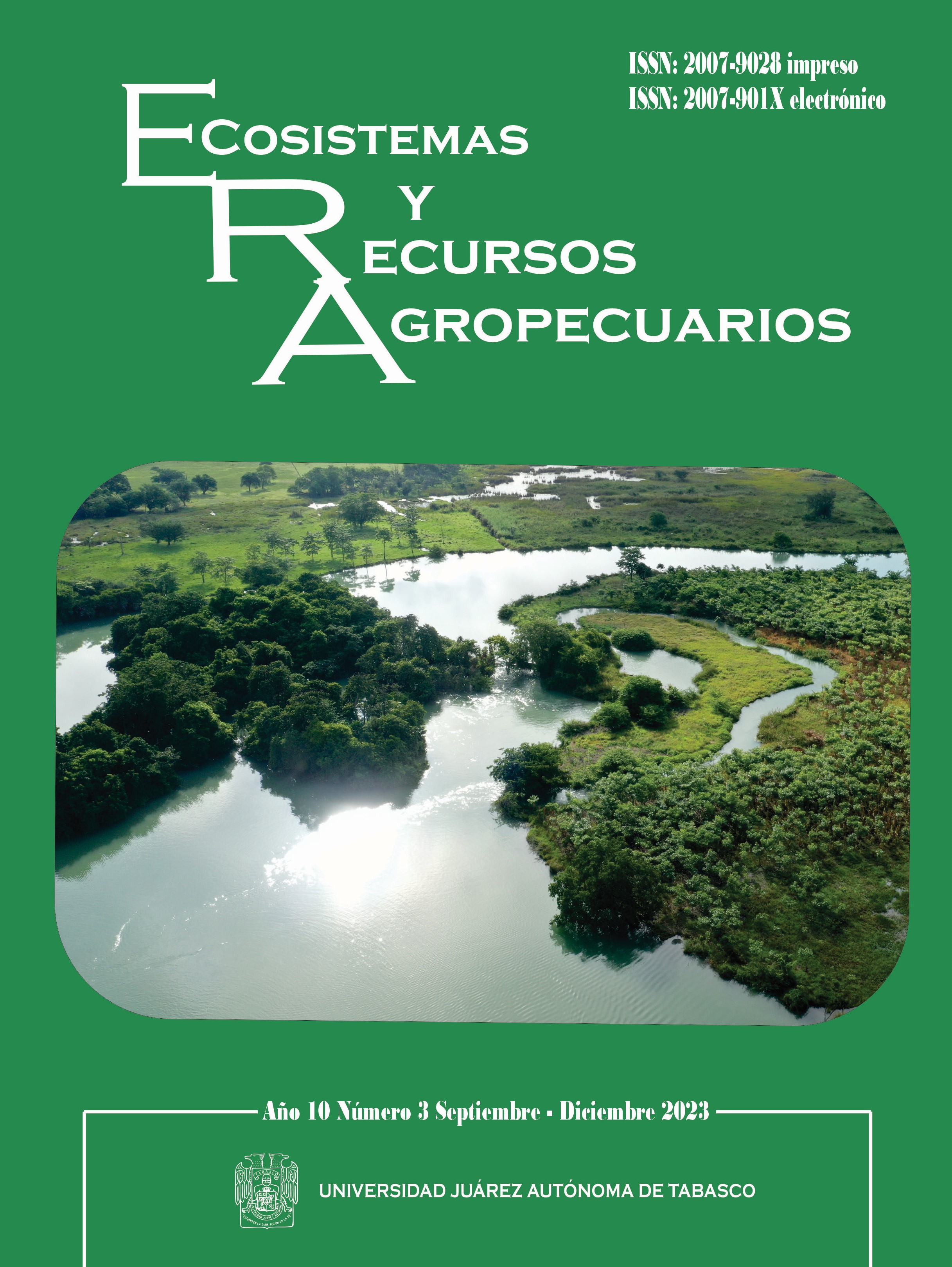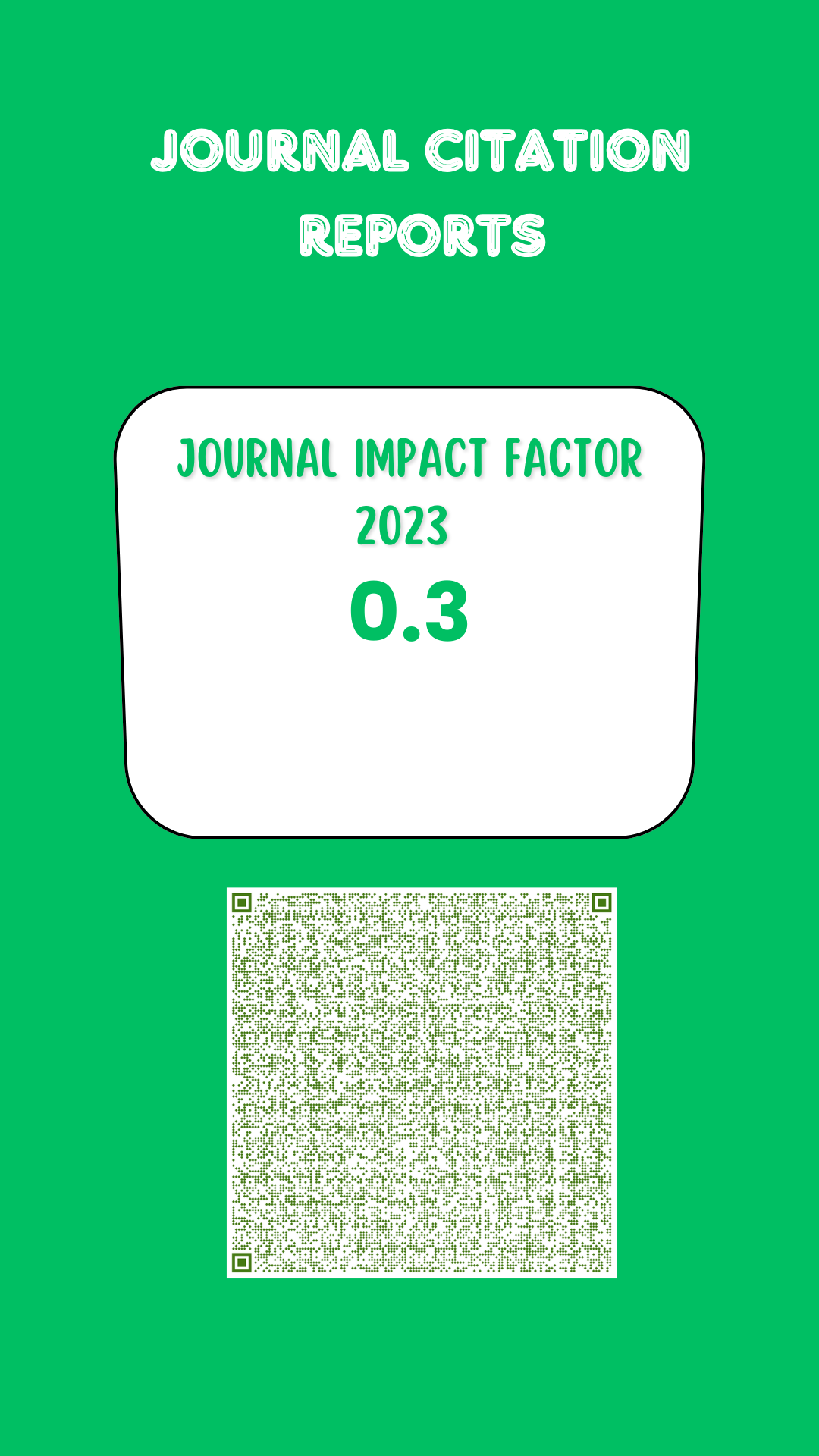Structure and diversity of the trees of Parque Hundido, Monterrey, Nuevo León
DOI:
https://doi.org/10.19136/era.a10n3.3576Keywords:
diversity, native species, richness, trees, urban forestsAbstract
The evaluation of tree structure and diversity has been of vital importance for the planning and management of urban forests. Unfor- tunately, there are currently numerous wooded areas in cities, where the current status of the species present is unknown. The objective of this study was to evaluate the structure and diversity of the trees in Parque Hundido, which is in the metropolitan area of Monterrey, Nuevo León. In September 2021, all the trees and shrubs were registered and their total height and crown length, normal diameter, and crown diameter were measured. As a result, 26 species were identified, of which 11 were native and 15 intro- duced. The species that presented the highest values of abundance, crown area and frequency were Fraxinus uhdei, Fraxinus americana and Ehretia anacua. The graphs of diameter and height classes indicate that there is a greater proportion of trees with intermediate diameters and heights, which indicates an adult plant community. The richness and diversity values were intermediate, like other urban green areas in northeastern Mexico. It is concluded that native tree plants are more important than exotic ones in Parque Hundido.
Downloads
Downloads
Published
Issue
Section
License
Copyright (c) 2023 Ecosistemas y Recursos Agropecuarios

This work is licensed under a Creative Commons Attribution-NonCommercial-ShareAlike 4.0 International License.
Aviso de copyright
Los autores que se envían a esta revista aceptan los siguientes términos:
una. Los autores conservan los derechos de autor y garantizan a la revista el derecho a ser la primera publicación del trabajo con una licencia de atribución de Creative Commons que permite a otros compartir el trabajo con un reconocimiento de la autoría del trabajo y la publicación inicial en esta revista.
B. Los autores pueden establecer acuerdos complementarios separados para la distribución no exclusiva de la versión del trabajo publicado en la revista (por ejemplo, en un repositorio institucional o publicarlo en un libro), con un reconocimiento de su publicación inicial en esta revista.
C. Se permite y se anima a los autores a difundir su trabajo electrónicamente (por ejemplo, en repositorios institucionales o en su propio sitio web) antes y durante el proceso de envío, ya que puede conducir a intercambios productivos, así como a una cita más temprana y más extensa del trabajo publicado. (Consulte El efecto del acceso abierto).



